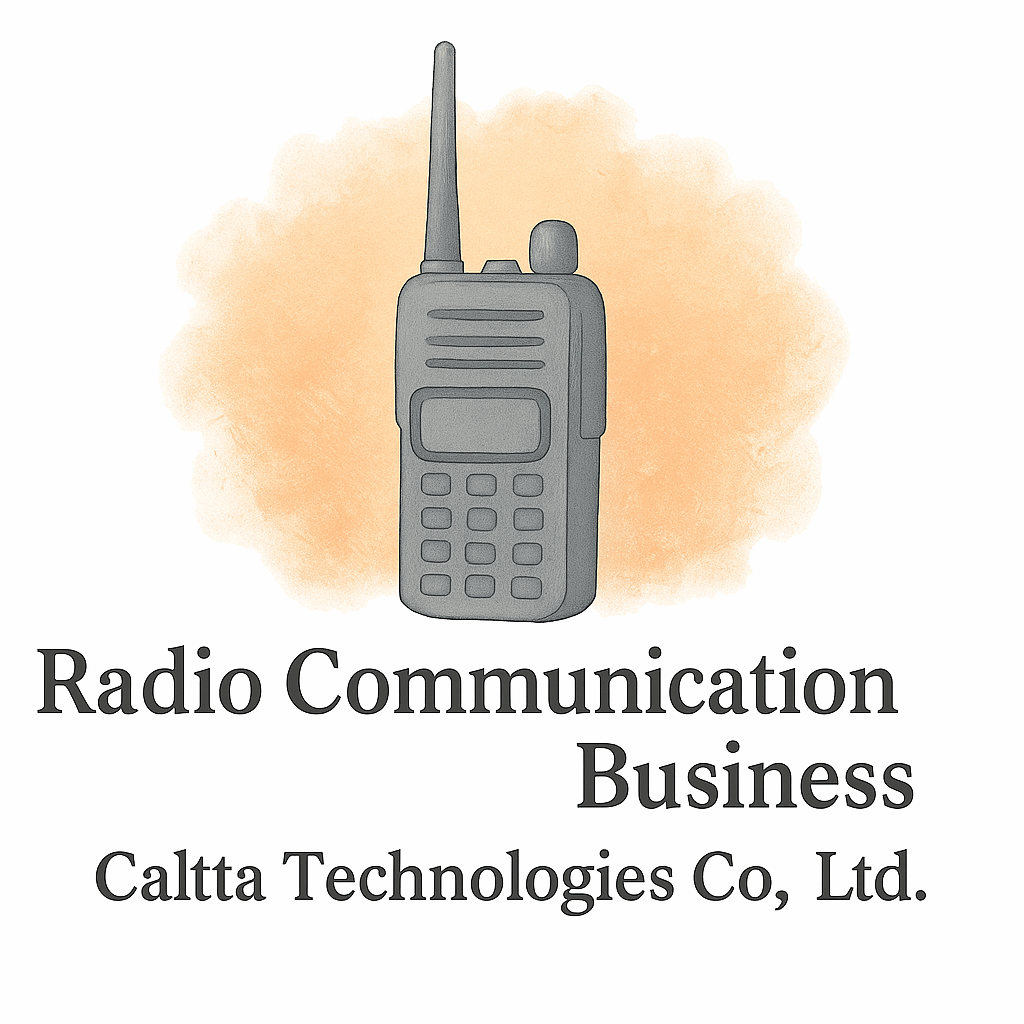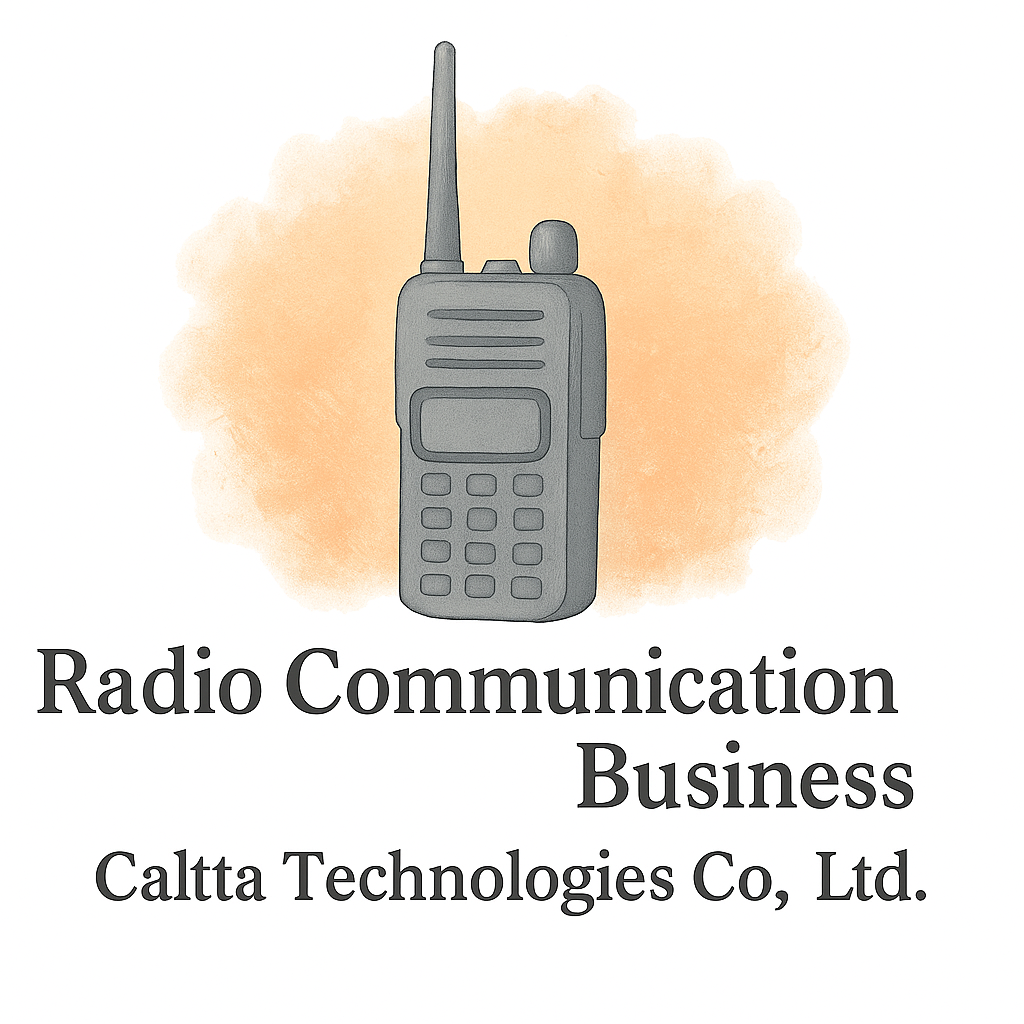Introduction: Why Radio Communication Training Matters
Radio communication is the backbone of many industries—from aviation and emergency services to logistics, security, and construction. When it’s done right, it keeps teams safe, efficient, and connected. But when mistakes creep into radio communication training, the results can be costly—or even dangerous.
In this guide, we’ll break down 12 common errors in radio communication training, why they happen, and how you can avoid them. Whether you’re a beginner or a seasoned professional, understanding these pitfalls can make you a sharper communicator.
Error #1: Overlooking Basic Terminology
Why Terminology Creates Clarity
Every industry has its own lingo, and radio communication is no different. Skipping the basics of terminology during training leads to confusion later. For example, not everyone knows that “Copy” means “Message received.”
Real-Life Example of Miscommunication
Imagine a construction site where one worker says “Got it” while another expects “Copy.” That small disconnect can delay operations. This is why a solid foundation in radio terms is non-negotiable.
Error #2: Ignoring Standard Protocols
Importance of Call Signs
Call signs aren’t just military jargon—they’re essential for identifying who’s speaking. Training without stressing this leads to overlapping conversations and chaos.
Following International Standards
Organizations like the International Telecommunication Union (ITU) have set universal standards. Ignoring them can cause compliance issues, especially when communicating across borders.
For deeper insights, check out Industry Insights for expert breakdowns on protocols and compliance.
Error #3: Speaking Too Fast or Too Slowly
The “Goldilocks” Speed of Radio Chats
If you talk too fast, words get jumbled. Too slow, and you waste valuable air time. Training should emphasize a steady, clear rhythm—like reading a news report.
Error #4: Poor Equipment Handling
Not Testing Before Use
One of the biggest rookie errors is assuming your radio works perfectly without testing it. A dead battery or faulty microphone can derail an operation.
Skipping Maintenance
Radios, like cars, need regular checkups. Skipping training on equipment care is like driving without ever checking your brakes. For more, see Equipment & Technology.
Error #5: Failure to Practice Brevity
Why Brevity Saves Time in Emergencies
Radio isn’t for storytelling—it’s for fast, clear updates. Training should focus on keeping messages short, sharp, and mission-focused.
Error #6: Forgetting Phonetic Alphabet
Standardized Alphabets Prevent Confusion
Mixing up “B” and “D” or “M” and “N” happens often. That’s why professionals rely on the phonetic alphabet (“Bravo,” “Delta,” “Mike”). Skipping this in training is like teaching typing without letters.

Error #7: Not Listening Actively
The Two-Way Nature of Communication
Many trainees focus on speaking, but forget that listening is half the battle. Active listening prevents missed instructions and repeated transmissions.
Error #8: Mismanaging Frequencies
Avoiding Channel Overlap
Imagine two teams using the same frequency unknowingly. The result? Cross-talk, interference, and wasted time. Training must cover frequency management basics.
Error #9: Overuse of Jargon or Slang
Keeping Communication Professional
Slang or regional phrases don’t translate well over radios. “All good” might sound fine locally, but in a multinational setting, it causes confusion. Training should emphasize professionalism over casual talk.
Error #10: Skipping Scenario-Based Training
Why Role-Play Builds Real Skills
Reading a manual isn’t enough. Practicing emergency drills, logistics coordination, or site operations makes training stick. It’s like learning to swim—you don’t master it by just reading about water.
Error #11: Neglecting Stress Management Training
Staying Calm Under Pressure
When adrenaline spikes, clear communication often drops. Training should prepare individuals for high-pressure moments, like emergencies or fast-paced operations.
Error #12: Forgetting Legal & Compliance Rules
Staying Within Regulations
Different countries have strict laws about frequency use and transmission protocols. Training without covering compliance can lead to fines—or worse, legal trouble. Explore more at Compliance and Regulation.
How to Avoid These Errors in Radio Communication Training
Leverage Technology and Tools
Using modern communication simulators helps reduce mistakes. Explore more tools at Equipment and Tech.
Develop Ongoing Training Programs
Training isn’t a one-and-done deal. Regular refreshers help reinforce best practices. Dive deeper into Business Startup Basics for structuring training plans.
Seek Expert Guidance and Insights
Professional trainers can tailor sessions to your industry. Check Industry Insights for expert perspectives.
Conclusion
Radio communication training is more than just “push-to-talk.” Avoiding these 12 common errors in radio communication training ensures smoother teamwork, better safety, and higher efficiency. Whether you’re running a construction crew, an emergency unit, or a business team, the goal is the same—clarity and professionalism.
To stay ahead, keep learning, keep practicing, and always adapt to new standards. For more resources on training, technology, and compliance, visit Caltta International.
FAQs
1. What’s the biggest mistake beginners make in radio communication training?
Overlooking basic terminology is the most common mistake—it creates confusion right from the start.
2. Why is brevity important in radio communication?
Because every second counts, especially in emergencies. Short messages mean faster responses.
3. How often should radio communication training be refreshed?
At least once a year, though high-risk industries may require quarterly updates.
4. Is the phonetic alphabet still relevant today?
Absolutely. It prevents miscommunication, especially in noisy environments.
5. Can technology replace traditional radio training?
Not fully. Simulators help, but real-world practice is irreplaceable.
6. What industries need radio communication training the most?
Aviation, emergency services, logistics, construction, and event management.
7. Where can I learn more about compliance rules?
Check resources like Regulation and Compliance for industry-specific guidelines.


